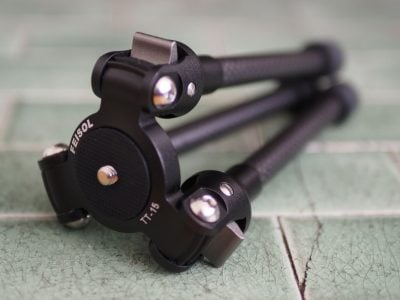
Canon EF-S 18-135mm f3.5-5.6 IS
-
-
Written by Gordon Laing
Real-life sharpness at 85mm - Canon EF-S 15-85mm IS vs EF-S 17-85mm IS vs EF-S 18-135mm IS
Canon 18-135mm results : Sharpness 18mm / Sharpness 50mm / Sharpness 85mm / Sharpness 135mm / Geometry / Vignetting
Corner sharpness with all lenses at 85mm |
Canon EF-S 15-85mm IS USM Corner sharpness at 85mm | Canon EF-S 17-85mm IS USM Corner sharpness at 85mm | Canon EF-S 18-135mm IS Corner sharpness at 85mm | ||
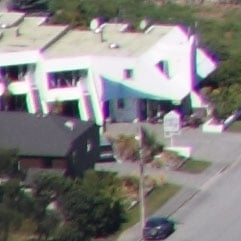 | 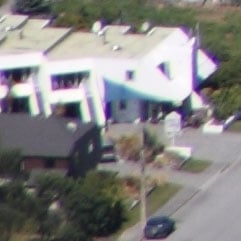 | 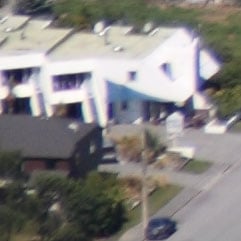 | ||
f5.6, 100 ISO | f5.6, 100 ISO | f5.6, 100 ISO | ||
 | 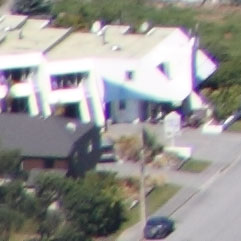 | 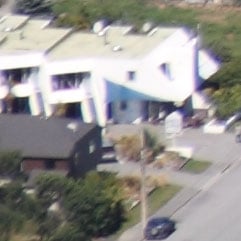 | ||
f8, 100 ISO | f8, 100 ISO | f8, 100 ISO |
Centre sharpness with all lenses at 85mm |
| The crops taken from the centre of each image at 85mm are much closer in quality and thankfully avoid the fringing and softness in the corners, although a quick glance reveals the EF-S 15-85mm IS USM to be crisper at f5.6, with the EF-S 18-135mm IS coming in third place. |
Close the aperture to f8 on all three models and their centre performance at 85mm becomes essentially identical. Revealingly this has been a recurring theme throughout these tests where the EF-S 18-135mm IS frequently needs to be closed to f8 to perform at its best, leaving the premium models to fight it out for the number one position at larger apertures.
Now let’s see how the EF-S 18-135mm IS measures-up when fully zoomed-in at the mid-telephoto focal length of 135mm.
Canon EF-S 15-85mm IS USM Centre sharpness at 85mm | Canon EF-S 17-85mm IS USM Centre sharpness at 85mm | Canon EF-S 18-135mm IS Centre sharpness at 85mm | ||
 | 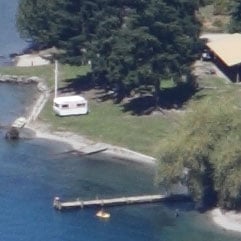 |  | ||
f5.6, 100 ISO | f5.6, 100 ISO | f5.6, 100 ISO | ||
 |  |  | ||
f8, 100 ISO | f8, 100 ISO | f8, 100 ISO |
| Now let’s see how the EF-S 18-135mm IS measures-up when fully zoomed-in at the mid-telephoto focal length of 135mm. |
Canon 18-135mm results : Sharpness 18mm / Sharpness 50mm / Sharpness 85mm / Sharpness 135mm / Geometry / Vignetting
|
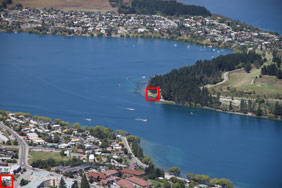 | To compare sharpness at a short-telephoto focal length of 85mm, we shot this scene with the Canon EF-S 15-85mm IS, EF-S 17-85mm IS and EF-S 18-135mm IS, using an EOS 7D body at all apertures. |
The 7D was set to RAW to avoid in-camera JPEG corrections; all files were processed in Canon DPP with lens corrections disabled and the default sharpness of 3. IS was disabled on each lens, and magnified assistance in Live View used to confirm the focusing.
The image above was taken with the Canon EF-S 18-135mm IS mounted on a Canon EOS 7D body. The lens was set to 85mm f8, and the 7D to 100 ISO. In the samples below, the exposures were identical with each lens and the crops taken from the areas marked with the red squares for presentation here at 100%.
The first table compares crops taken from the corner of each image at different aperture settings and the second table compares crops taken from the centres of the same images.
At 85mm f5.6, both the EF-S 15-85mm IS USM and EF-S 17-85mm IS USM are suffering from coloured fringing, which the EF-S 18-135mm IS impressively manages to mostly avoid. The same situation applies at f8, albeit with a slight reduction in fringing and vignetting.
Look beyond the fringing on the first two lenses though and you’ll notice the EF-S 15-85mm IS USM recording sharper details in this corner area of the frame. You’ll see most obviously in the window frames, telegraph pole, parked car, foliage and hotel sign, but once you start looking, the differences become obvious throughout the entire crop. The EF-S 15-85mm IS USM is simply sharper in the corners when zoomed-in than either of the other two lenses tested here, and while the EF-S 18-135mm IS manages to avoid much of the coloured fringing of the other two, it’s arguably the softest of all.
It’s an important difference too, as coloured fringing can be effectively reduced through software, and Canon’s own DPP did a great job at cleaning-up RAW versions of these images. Remove (or at least greatly reduce) the fringing across all three samples and the superior sharpness of the EF-S 15-85mm IS USM becomes really apparent. Scroll down to see results from the centre of the frame.



